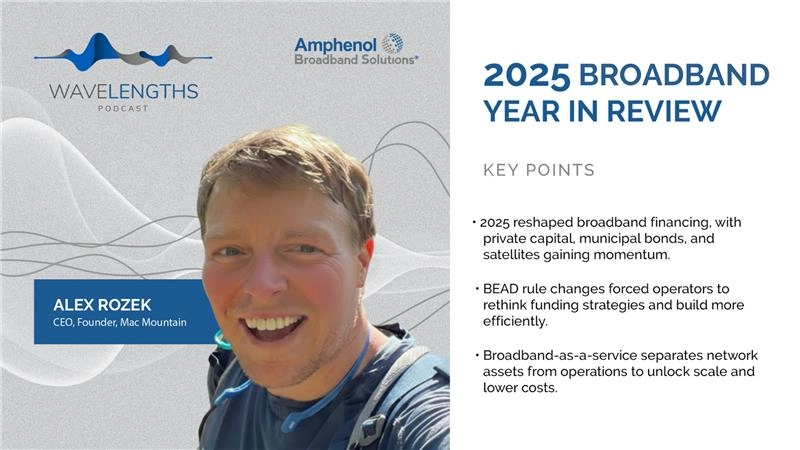Building Sustainable Carbon Credit Workflows on Hedera
The success of blockchain relies on digital information and transactions that are trustworthy. KrypC is a global technology solutions company that delivers secure, enterprise-grade blockchain solutions to private and public sectors. Gossip About Gossip’s Zenobia Godschalk spoke with KrypC CEO & Founder Ravi Jagannathan about his company’s recent sustainability platform, CarbonCore.
Do innovations, progress, and evolving technology go hand-in-hand with sustainability? Not always. Companies and organizations recognize the need to meet sustainability goals, but the challenge, sometimes, is how best to reach those goals. Offsetting these carbon emissions is a must. And there are carbon credit programs available to help companies meet their sustainability goals.
“Our program is primarily to make sure all these sustainability programs are reasonably recognized for the value that they are generating,” Jagannathan said. Until now, the technology to ensure trustworthiness in such carbon credit programs was unavailable. Through blockchain technology, KrypC created its CarbonCore platform to solve this challenge.
“In this platform, when the data comes in, that becomes trustworthy data,” Jagannathan said. “When the data and information are trustworthy, then the underlying asset that you’re going to pull will become highly trustworthy and get the value it deserves.”
To scale their platform with the correct cost and energy efficiency, KrypC turned to Hedera. “The reason why we wanted to have an energy-efficient protocol is that if the underlying protocol is not energy efficient, if you try to build a workflow on top of that to bring any sustainability benefits, say carbon credits if our platform consumes too much energy then the credit would be offset within our platform, which should not be the case,” Jagannathan said. “That’s why we went with a Hedera protocol.”
It is essential to capture these carbon credits in a workflow where the tokenized credits represent the actual value of the carbon credit. This process ensures stakeholders the credit is authentic, time-stamped, and sourced correctly.




